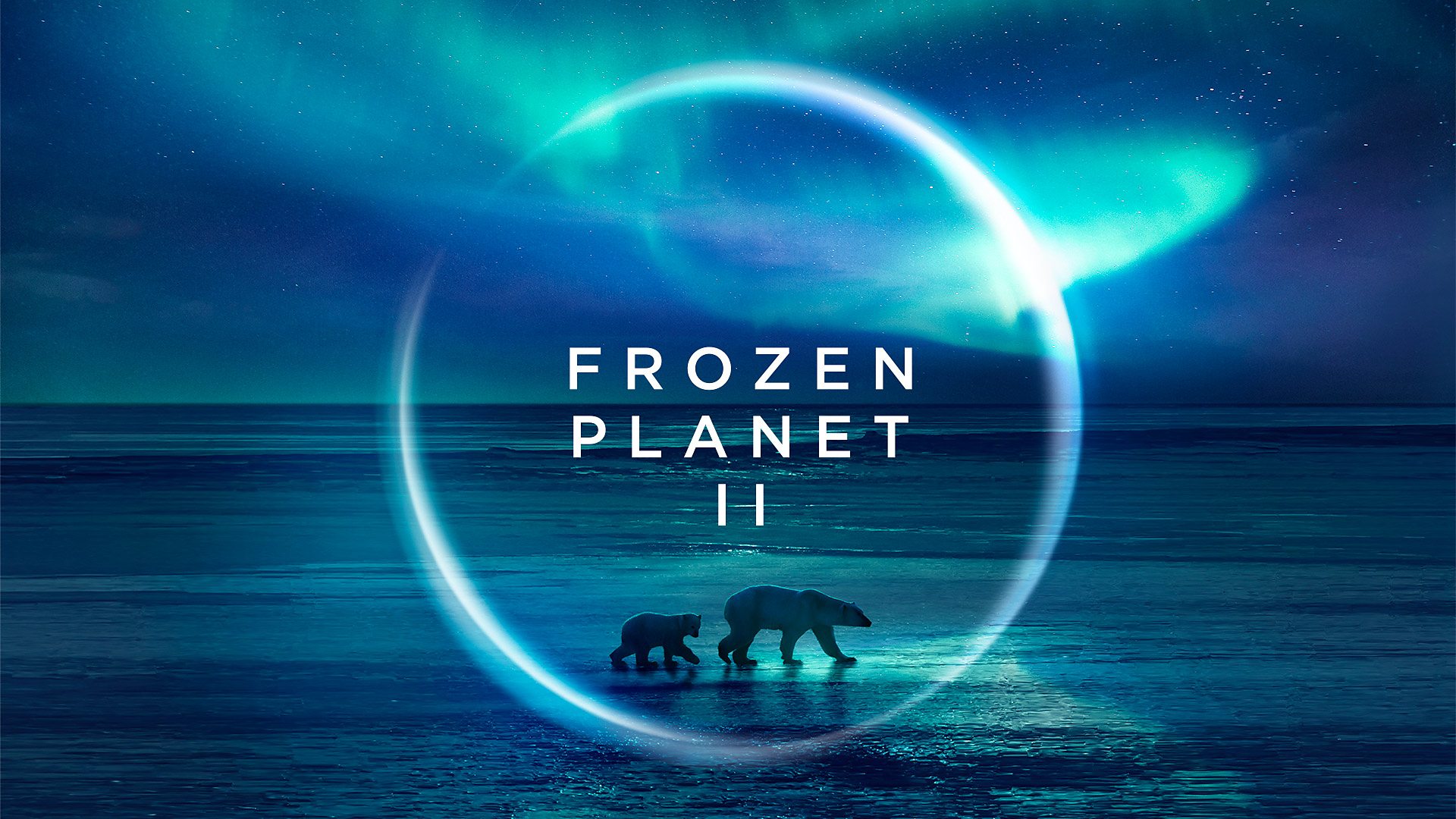
Worlds of Wonder: A journey through the world’s coldest realms with the most-loved animals from the series, including emperor penguins and one of the largest packs of wolves ever recorded. This special episode brings together highlights from the series in a journey from the Arctic to the Antarctic. We begin on the frozen Arctic Ocean. It’s the end of winter, and as the sun returns, two polar bears meet on the ice. Usually solitary animals, these two young bears seem open to friendship, and together they enjoy several hours playing together - seemingly dancing on ice.
On the coast of Greenland, the Arctic pack ice serves a very important purpose - it is a nursery for baby harp seals. Harp seals spend just 12 days with their mother, drinking her milk and learning their most important life lesson - how to swim. South of the Arctic Ocean lie vast frozen lands of snow-covered forest and vast, open tundra that circle the globe. Temperatures here can fall to -40C, and conditions are so extreme that many animals have to go to extraordinary lengths to survive. Here we meet a super-pack of wolves - 25 strong, one of the largest ever recorded. They must work together to take down the only substantial prey available to them at this time of year, American bison.
Worlds of Wonder
While wolves rely on safety in numbers in these cold and hostile worlds, on the high-altitude cold steppe of Mongolia, a Pallas cat faces life alone. He may have the densest fur of any cat in the world, but he also has the shortest legs, which makes hunting prey in snow challenging.Frozen worlds are found on every continent on Earth, thanks to our mountains. The higher you go in these high-altitude cold worlds, the more unpredictable they become.
Golden eagles live in the mountains all year, surviving on prey both live and dead. In spring, when their neighbouring chamois have calves, it’s an opportune time for the eagles to raise their chicks. They hunt in tandem, one scattering the herd and the other swooping in for the catch. But as the chamois calves grow, conditions become more challenging until, in autumn, one pair of golden eagles decide to take on prey many times larger than themselves.
High altitude allows cold to rule in the most unlikely of places, like Mount Kenya, close to the equator in Africa. Here a mother chameleon must hunker down overnight while temperatures plummet, but by day she must race to feed and breed.
In the far south, we reach the coldest place on Earth: Antarctica, an entire continent covered in ice. Even in summer, its waters are choked with millions of ice floes, the perfect place for Weddell seals to haul out after a night's feed. But they are not alone. With the most sophisticated hunting strategy of any animal, a pod of killer whales has an ingenious way to catch food resting on the ice above. Our journey finishes in the coldest, darkest winter on Earth, when emperor penguin chicks face one of the toughest upbringings on the planet.
David Attenborough
Sir David Frederick Attenborough is an English broadcaster and naturalist. He is best known for writing and presenting, in conjunction with the BBC Natural History Unit, the nine natural history documentary series that form the Life collection, which form a comprehensive survey of animal and plant life on Earth. David Attenborough is a former senior manager at the BBC, having served as controller of BBC Two and director of programming for BBC Television in the 1960s and 1970s. He is the only person to have won BAFTAs for programmes in each of black and white, colour, HD, 3D and 4K.
Attenborough is widely considered a national treasure in Britain, although he himself does not like the term. In 2002 he was named among the 100 Greatest Britons following a UK-wide poll for the BBC. He is the younger brother of the director, producer and actor Richard Attenborough, and older brother of the motor executive John Attenborough.
This six-part series plus Worlds of Wonder – narrated by Sir David Attenborough – explores the wildlife found in the world’s coldest regions: the Arctic and Antarctic, high mountains, frozen deserts, snowbound forests, and ice-cold oceans. From polar bears to penguins, and from snow monkeys to Siberian tigers, each species must overcome a unique set of challenges to endure its extreme environment.
https://hdclump.com/?p=37580


